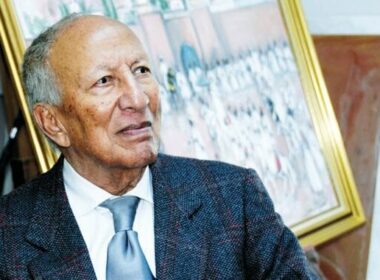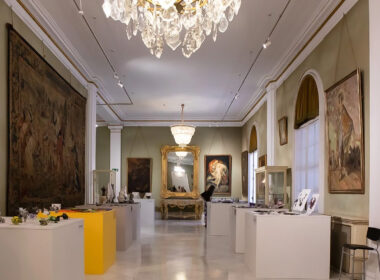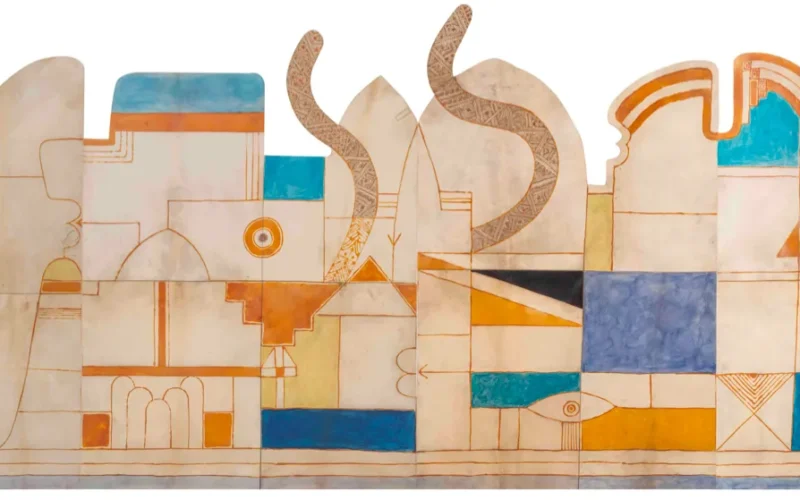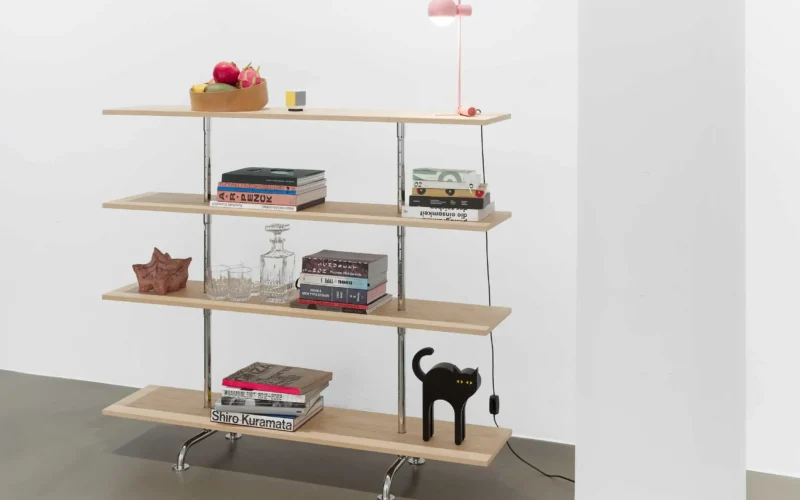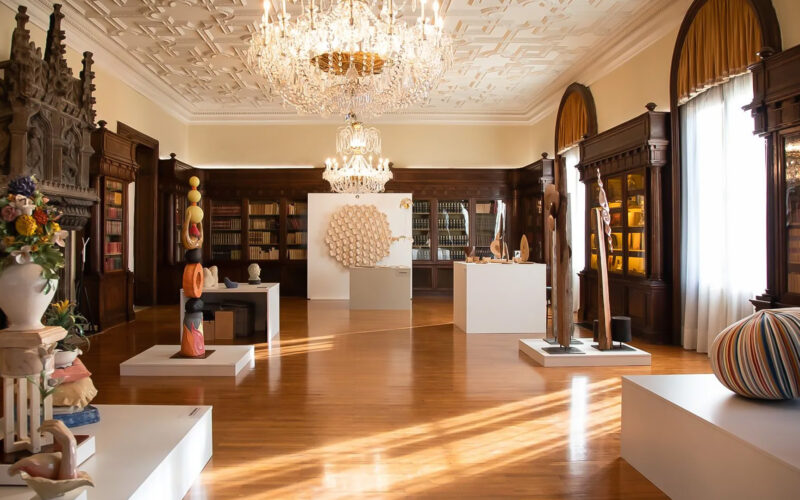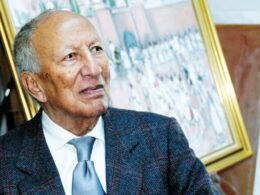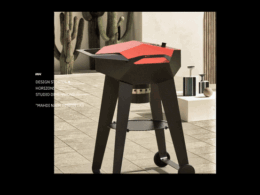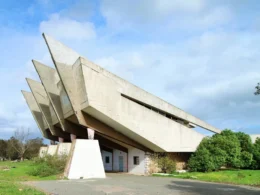Discover the legacy of Moroccan artist Farid Belkahia, a pioneer of modern art in Morocco. Explore his unique style, materials, and influence on global contemporary art.
Table of Contents
Farid Belkahia: The Artist Who Redefined Moroccan Modern Art
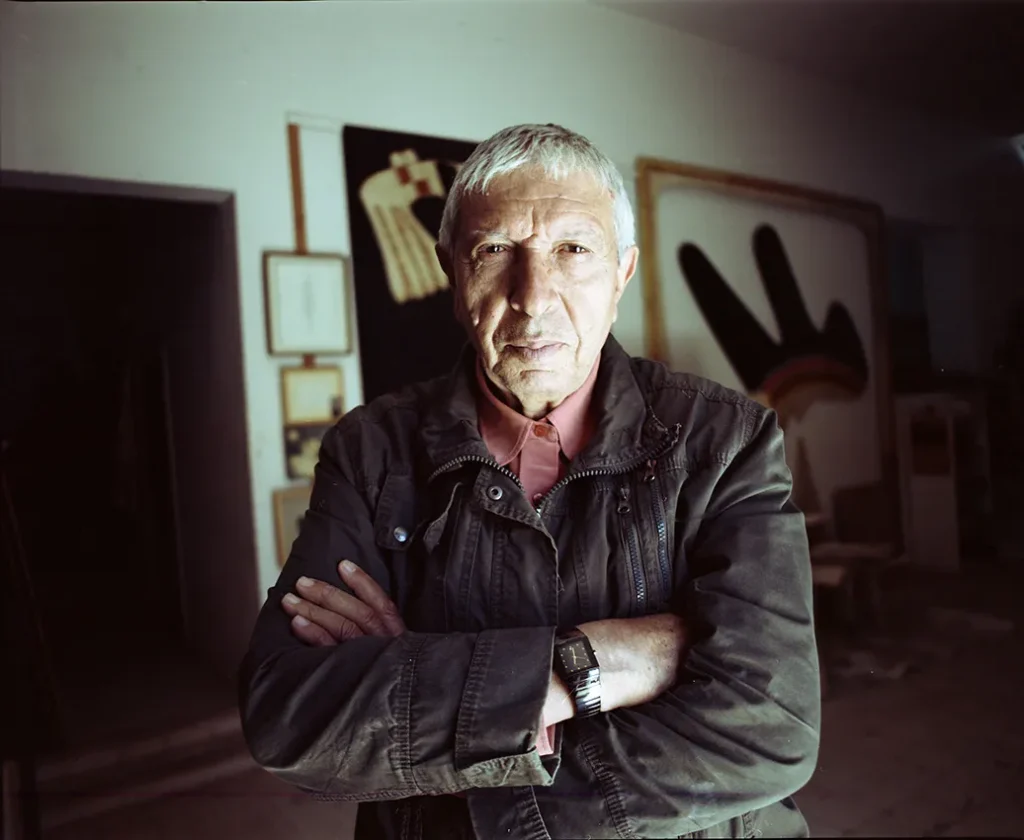
Farid Belkahia (1934 to 2014) stands as one of the most iconic figures in modern Moroccan art. Revered for his innovative approach and deep-rooted cultural influences, Belkahia was more than a painter. He was a visual philosopher, an educator, and a cultural bridge-builder.
Born in Marrakech, a city known for its rich artistic heritage, Farid Belkahia developed an early appreciation for craftsmanship and traditional Moroccan aesthetics. Yet, his artistic journey led him far beyond the borders of Morocco, merging ancestral traditions with contemporary expression in ways that continue to resonate globally.
A Pioneer of Contemporary Art in Morocco
Farid Belkahia studied at prestigious institutions such as the École des Beaux-Arts in Paris and later in Prague. However, it wasn’t until his return to Morocco in the early 1960s that his artistic voice fully blossomed. He rejected Western academic styles and began exploring indigenous materials, such as copper, natural dyes, and animal skin (parchment).
This shift was not just aesthetic; it was philosophical. Belkahia believed that true modernity for Moroccan art lay not in imitation, but in innovation rooted in cultural identity. He drew inspiration from Amazigh symbols, Arabic calligraphy, and African motifs, creating a distinctive visual language that was deeply Moroccan and universally modern at the same time.
The Art of the Earth: Natural Materials and Timeless Themes
One of the hallmarks of Belkahia’s work is his use of non-traditional materials. In the 1970s, he abandoned oil paint and canvas in favour of treated animal skin stretched over wooden frames, using natural pigments derived from henna, saffron, and indigo.
This use of organic materials wasn’t simply about texture or novelty. It was a symbolic return to the earth, reflecting themes of spirituality, time, and nature. His minimalist compositions, often geometric or abstract, evoke a sense of ritual and memory that draws from pre-Islamic and Islamic art traditions.
Educator and Cultural Leader
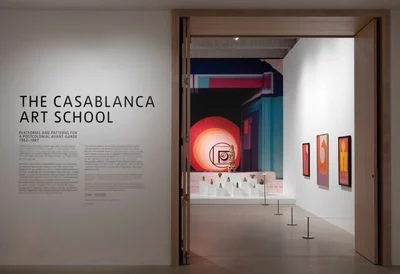
From 1962 to 1974, Farid Belkahia served as the director of the École des Beaux-Arts in Casablanca, where he nurtured a generation of Moroccan artists. Under his leadership, the school became a hub for artistic experimentation and pan-African cultural exchange.
He encouraged students to embrace their heritage while engaging with global artistic movements. This educational legacy made him not just an artist but a key architect of post-independence Moroccan cultural identity.
Global Recognition and Legacy
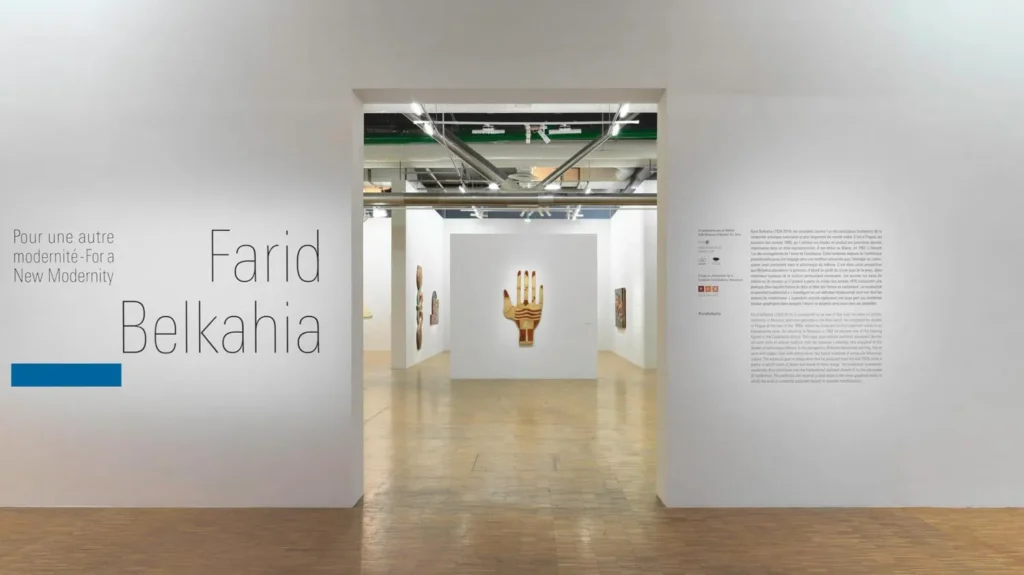
Today, Belkahia’s work is exhibited in major art institutions worldwide, including the Tate Modern (UK), Centre Pompidou (France), and Mathaf: Arab Museum of Modern Art (Qatar). His influence extends beyond Morocco, inspiring artists across the Arab world, Africa, and beyond.
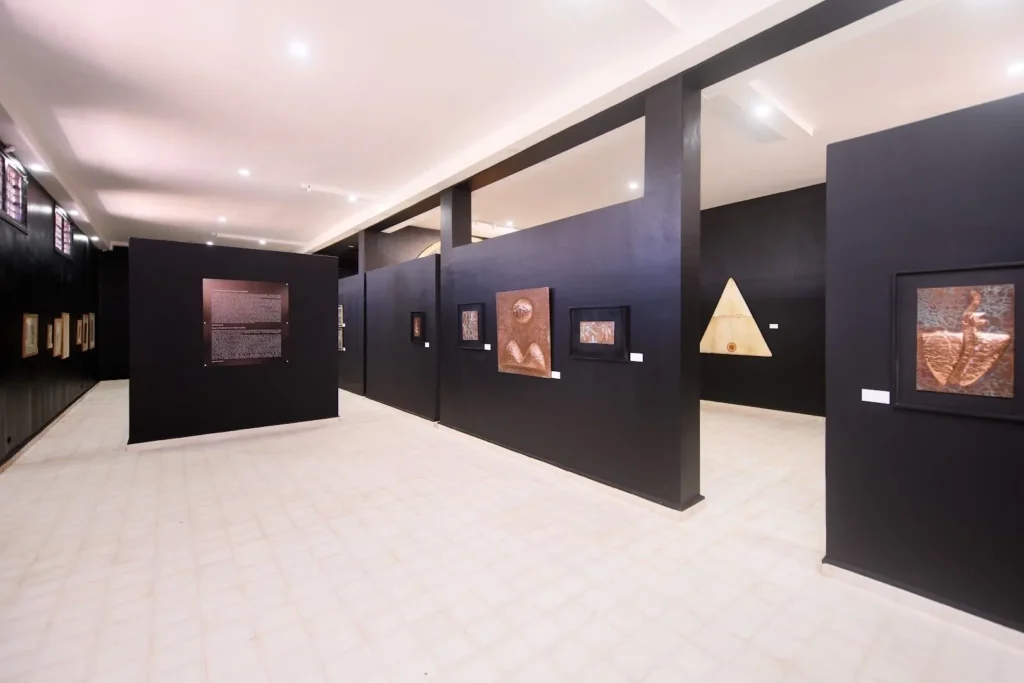
In 2015, a year after his passing, the Farid Belkahia Foundation was established in Marrakech to preserve and promote his work. His former home and studio have been transformed into a museum and research centre, keeping his spirit alive for future generations.
Why Farid Belkahia Matters Today
In an age of globalisation and cultural hybridity, Farid Belkahia’s art speaks powerfully to questions of identity, tradition, and innovation. His ability to transform Moroccan visual heritage into a modern artistic vocabulary is not only historically significant, but it feels urgently relevant today.
Whether you’re an art lover, a cultural historian, or a curious traveller, exploring Belkahia’s work offers a window into the soul of modern Morocco: complex, beautiful, and ever-evolving.




